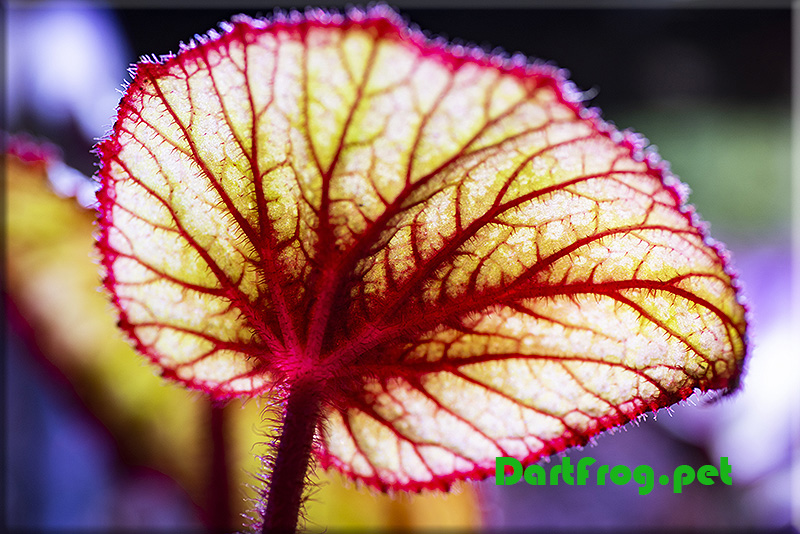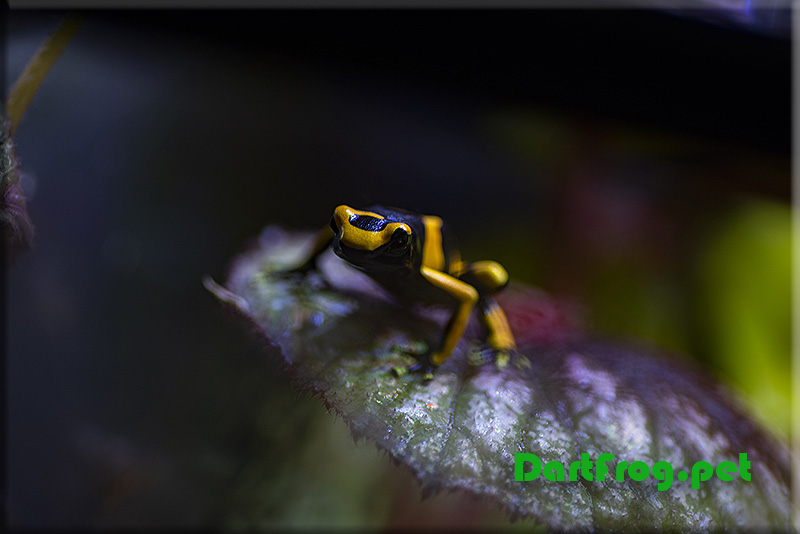

Consider the type of frogs you will have in your vivarium and choose plants that will be complimentary to a frog habitat. Some plants like to climb, perhaps planting them high and allow to cascade down. Place mosses close to where misters will spray water as they are more prone to dry out. Layer your plants so the biggest are in the back, mediums in the middle and smallest in the front. Thus your plants wont be as prone to obstruct your view into the vivarium.


Setup/ Disinfecting:
So we don't advise just getting a potted plant and plopping into your vivarium. Plants at nurseries, home improvement centers even your home should be disinfected prior to placing in your vivarium. Why? Any plant have have on it or in its roots or soil a whole host of organisms. Many of these organisms may spawn in your vivarium and not be beneficial to the well being of your frog ecosystem or simply aesthetic attribute. Insects of various sorts, microfauna, fungus, bacteria, rouge seeds etc. may be hitchhiking along with your new prize plant. We recommend removing the pot from your plant, washing off all the soil from the roots, rinsing the surface of the plant. Then soaking the plant in water for several minutes, then dunking your plant in a 5% bleach solution for 20 seconds, rinse and repeat. Then soak for a few minutes in water with dechlorinating solution to remove remaining chlorine. Quarantining afterward and observing for any insects that survived a good next step. The goal is to eliminate any foreign organism that can be a threat to your vivarium.
View plant care videos:
Serpa Designs or the BioDudes video on how to clean, disinfect and quarantine plants before introducing into frog vivariums.
The last thing you need is to have you vivarium nicely planted and then discover slugs are taking pieces out of your plants or millipedes are eating your microfauna or a dangerous fungus has affected your frogs. Its biosecurity for your frogs, prized plants and vivarium as a whole. We just play it safe and recommend doing so as well.
Maintenance: Plants will grow. Plants in an enclosed vivarium will grow at faster pace. Allow for at least a monthly maintenance window where you open up your vivarium with pruners in hand. Any plants growing obstructing one another, your feeding station or view may be pruned back. When pruning many types of plants cuttings can be place back in the substrate and will establish a new plant. Many froggers share cuttings with peers or add to a frog cup when trading or selling frogs. Its just part of the culture of the hobby and pretty fun to do.